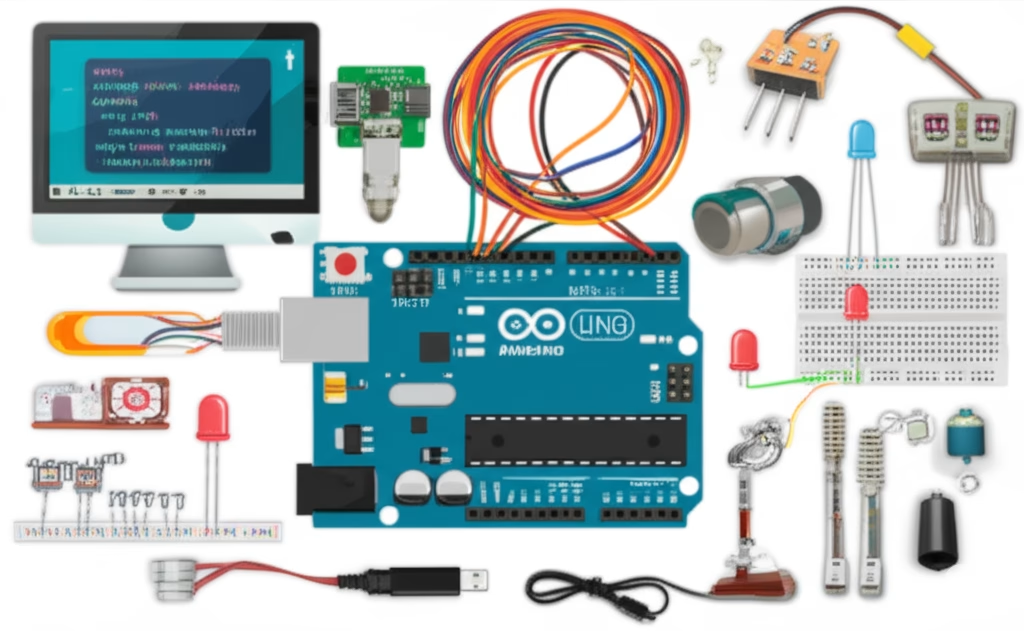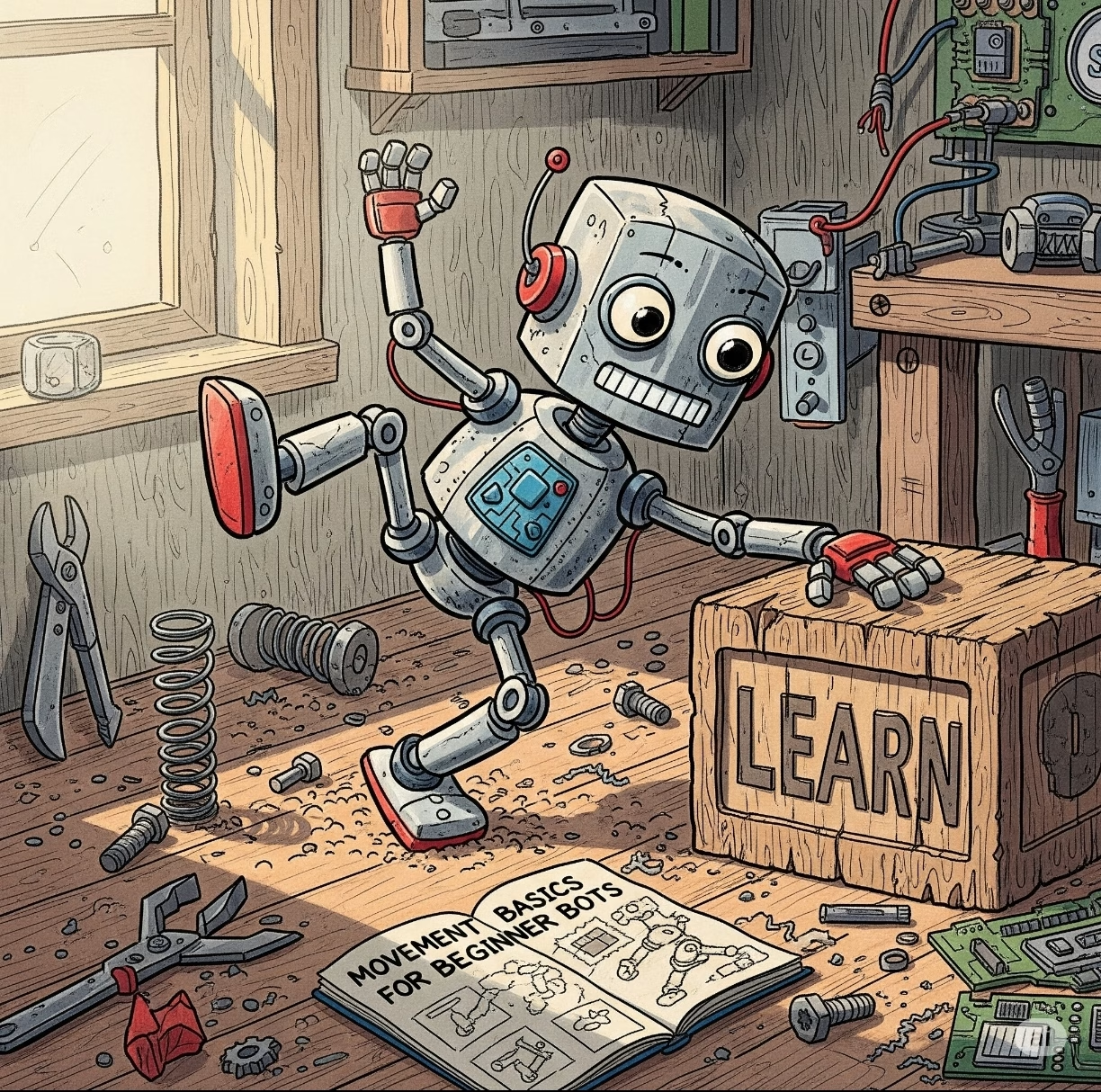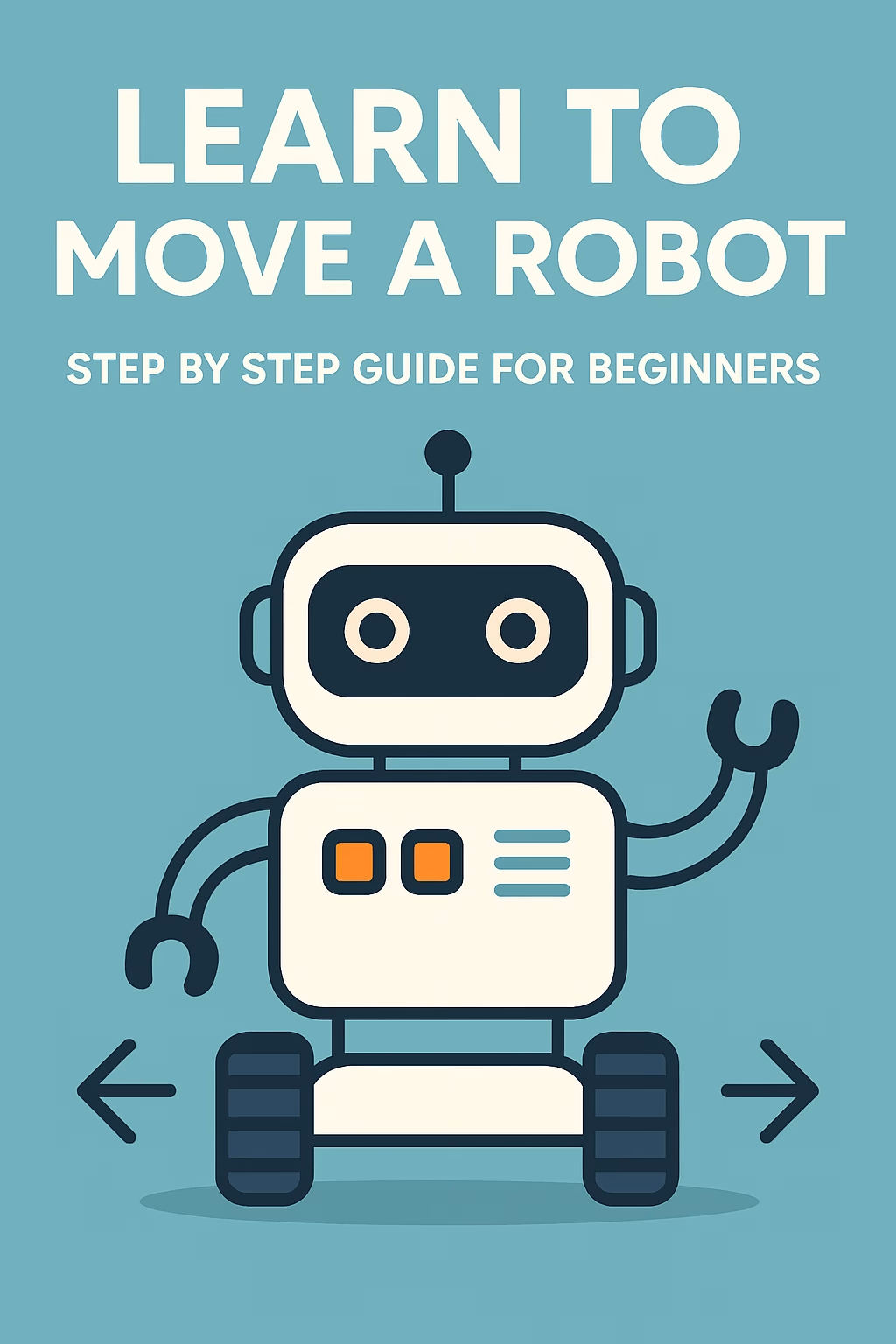Arduino has become synonymous with accessible electronics and rapid prototyping, empowering countless hobbyists, students, and professionals to bring their ideas to life.
Its simplicity and open-source nature have made it a cornerstone of the maker movement. However, beneath its user-friendly surface lie several less-explored facets that even seasoned users might overlook. Let’s delve into some of these often-missed details.
- The Robustness of its Bootloader
While many users interact with Arduino by simply uploading code through the IDE, few fully appreciate the bootloader. This small piece of firmware pre-programmed onto the microcontroller allows you to upload sketches via the serial port (USB). Without it, you’d need an external programmer, adding a layer of complexity. What’s often overlooked is its remarkable resilience. Even if you accidentally overwrite your sketch, the bootloader usually remains intact, allowing you to re-upload your code. For advanced users, understanding how to burn a new bootloader can be a lifesaver when recovering a “bricked” board. - The Power of Direct Port Manipulation
The Arduino IDE’s high-level functions like digitalWrite() and digitalRead() are incredibly convenient, abstracting away the nitty-gritty details of microcontroller registers. However, for applications demanding extreme speed or precise timing, direct port manipulation is invaluable. By directly writing to or reading from the microcontroller’s port registers, you can achieve operations in a single clock cycle, significantly faster than the few clock cycles required by the standard Arduino functions. This technique, while more complex and less intuitive, is crucial for tasks like high-speed data acquisition or bit-banging communication protocols. - The Origins: Beyond Microcontrollers
Many users associate Arduino solely with ATmega microcontrollers. While these are at its core, the project’s roots are in simplifying complex electronics for designers without an engineering background. The very first Arduino boards were based on the ATmega168, and the platform has since expanded to include a vast array of microcontrollers and architectures, including ARM-based processors in boards like the Arduino Due and ESP32/ESP8266 modules for Wi-Fi capabilities. Understanding this broader ecosystem reveals Arduino’s adaptability and its continued evolution beyond its initial design. - The Active Role of the Open-Source Community
It’s widely known that Arduino is open-source, but the sheer depth and activity of its community are often underestimated. This isn’t just about sharing code; it’s about active development, bug fixes, creating libraries, writing tutorials, and providing support on forums. Many of the features and libraries that make Arduino so powerful today were developed and are maintained by community members, not just the core Arduino team. Engaging with this community can unlock solutions to complex problems and provide opportunities for collaborative learning. - The Breadth of Official & Community Libraries
The Arduino IDE comes with a set of basic libraries, and you can easily find more through its Library Manager. However, the true scale of available libraries is immense. Beyond the most common ones, there are specialized libraries for almost every conceivable sensor, actuator, or communication protocol. Exploring the less popular or niche libraries can reveal unexpected solutions for your projects, saving you significant development time. A deeper dive into these resources can transform a seemingly complex task into a few lines of code.
Arduino’s approachable nature is its greatest strength, but taking the time to explore its less obvious features can significantly enhance your projects and deepen your understanding of embedded systems. Whether it’s optimizing code with direct port manipulation or tapping into the vast community resources, there’s always more to learn in the world of Arduino.








